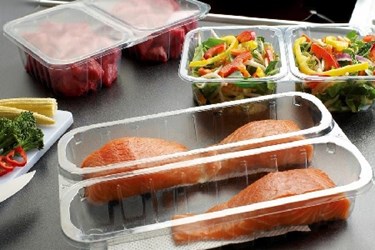3 Ways To Get The Most Out Of Food Packaging
By Isaac Fletcher, contributing writer, Food Online

Food packaging serves many important functions, and in order to create the best packaging for a product, time must be taken to understand how design decisions help achieve particular goals
In order to prolong shelf life, reduce damage, and prevent unnecessary waste, food manufacturers should take a careful look at their packaging design and make some important considerations.
Getting The Right Functionality
Every package and packaging type has a function, and ensuring that the right package is being used to achieve a specific goal is a critical step in building better packaging. When it comes to design, determining what functional requirements need to be met is a significant first step. Packaging is an integral part of the operation and, therefore, should save many times its cost, lessen the environmental footprint, reduce spoilage, protect content, and extend shelf life. All of these elements working in conjunction with one another will go a long way toward reducing food waste.
Optimizing Design To Prevent Waste
Some important considerations that should be made in order to optimize waste preventative design are things such as ensuring primary and secondary packaging work in harmony to create an optimal system, designing packaging for easy reuse or recycling, and determining how far through the supply chain secondary and tertiary packaging go. This is a process that could take some time and it’s important to make sure any legal and regulatory requirements are met while working toward waste reduction. It is possible to make the packaging so minimal to the point where it is no longer practical, so be sure that all functional goals are still being adequately met.
Considering The Whole Supply Chain
Working side-by-side with supply-chain partners can yield huge mutual benefits in cost reduction, efficiency, environmental footprint, and waste reduction. To achieve full optimization, all parts of the supply chain — manufacturing, storage, transport, in-store — must be carefully considered. Part of the design process should include communicating with the other parties in the supply chain to discuss how their requirements need to impact package design and the processes of other stages. Some stages of the supply chain are better suited to meet certain goals than others. For example, determining what stage can best tackle the goal of extending shelf life will yield better long-term results and increase production efficiency.
